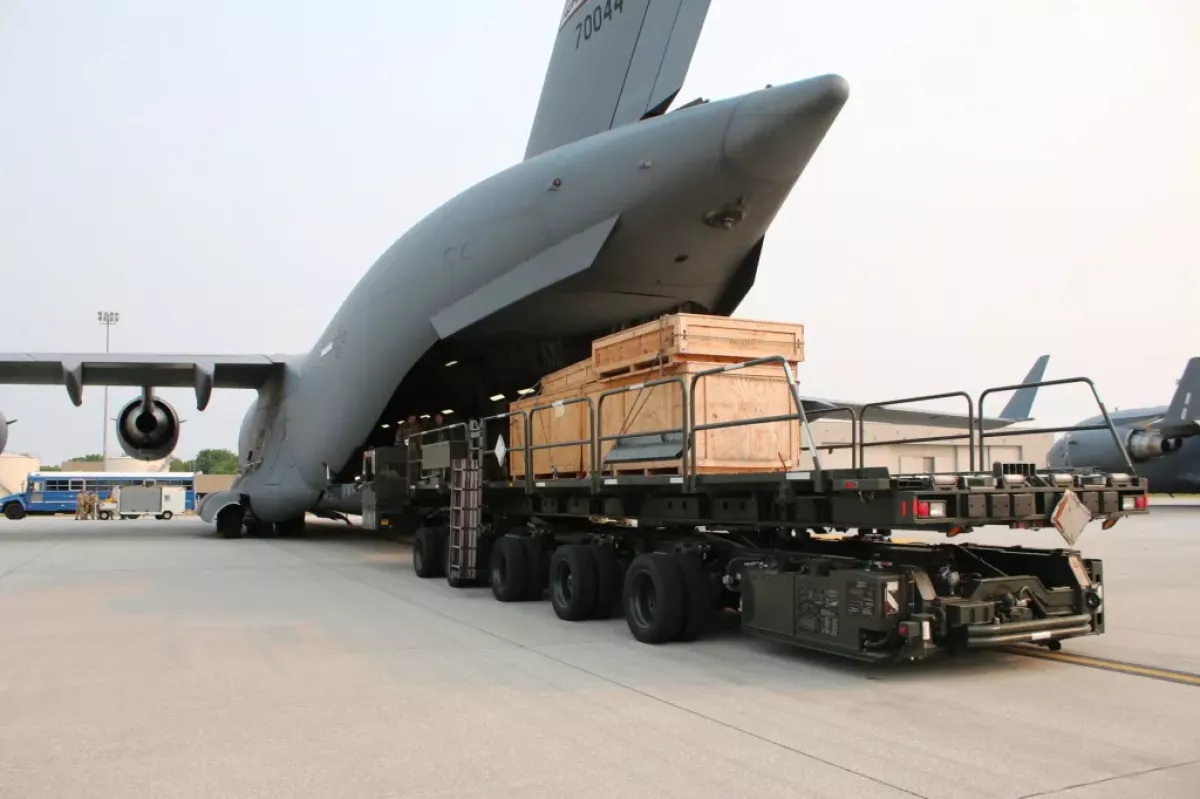Why supplying Ukraine with Tomahawks isn’t feasible Analysis by Responsible Statecraft
Responsible Statecraft’s recent analysis highlights a striking disconnect between political posturing and military reality regarding U.S. discussions about supplying Ukraine with Tomahawk cruise missiles. Vice President J.D. Vance clarified on September 28 that President Donald Trump was only considering selling—not gifting—the advanced long-range missiles. Yet, as Responsible Statecraft underscores, even the notion of providing Ukraine with Tomahawks is largely symbolic, lacking practical feasibility.
The crux of the article lies in the operational limitations of Ukraine’s armed forces. Tomahawk missiles require highly specialised launch platforms, such as guided missile destroyers, Ohio-, Virginia-, or Los Angeles-class submarines, or the new ground-based Typhon system. Ukraine possesses none of these capabilities and is unlikely to acquire them in the near or medium term. The article points out that even if Ukraine somehow received a Typhon battery, the system’s massive size, dependence on C-17 transport for long distances, and visibility to satellites would make it a highly vulnerable target. Simply put, without the means to launch the missiles safely, the entire proposal is unworkable.

Responsible Statecraft also emphasises U.S. logistical and strategic constraints. The total Tomahawk stockpile is estimated at under 4,000 missiles, with annual production of fewer than 200. Prior uses—such as the campaign against the Houthis in the Red Sea—have already depleted some stock, making large-scale transfers politically and militarily risky. The Pentagon is unlikely to part with these scarce and valuable weapons, especially given their crucial role in any potential Pacific campaign. Additionally, Tomahawks have historically only been sold to close U.S. allies, such as Australia, the U.K., Denmark, and Japan. The sensitive technology embedded in the missile makes its transfer to Ukraine a high-risk proposition, particularly if Russian forces could capture a missile or debris.
Responsible Statecraft further notes the strategic dangers of escalation. Tomahawks could reach Moscow and other critical infrastructure targets far beyond Ukraine’s borders. Their use would almost certainly require U.S. intelligence and targeting support, exposing Washington to direct accountability for any strikes inside Russian territory. The article argues convincingly that providing such a capability would elevate the risk of nuclear escalation, which Trump has shown little interest in pursuing.
In short, the analysis portrays the proposal as largely rhetorical—political theatre rather than credible policy. While Ukrainian President Volodymyr Zelenskyy has repeatedly requested Tomahawks, including from the Biden administration, Responsible Statecraft makes clear that these requests, even if entertained by Trump, are detached from military realities. The missiles cannot be deployed effectively, the platforms do not exist, and the risks to U.S. strategic interests are considerable.
By Vugar Khalilov








